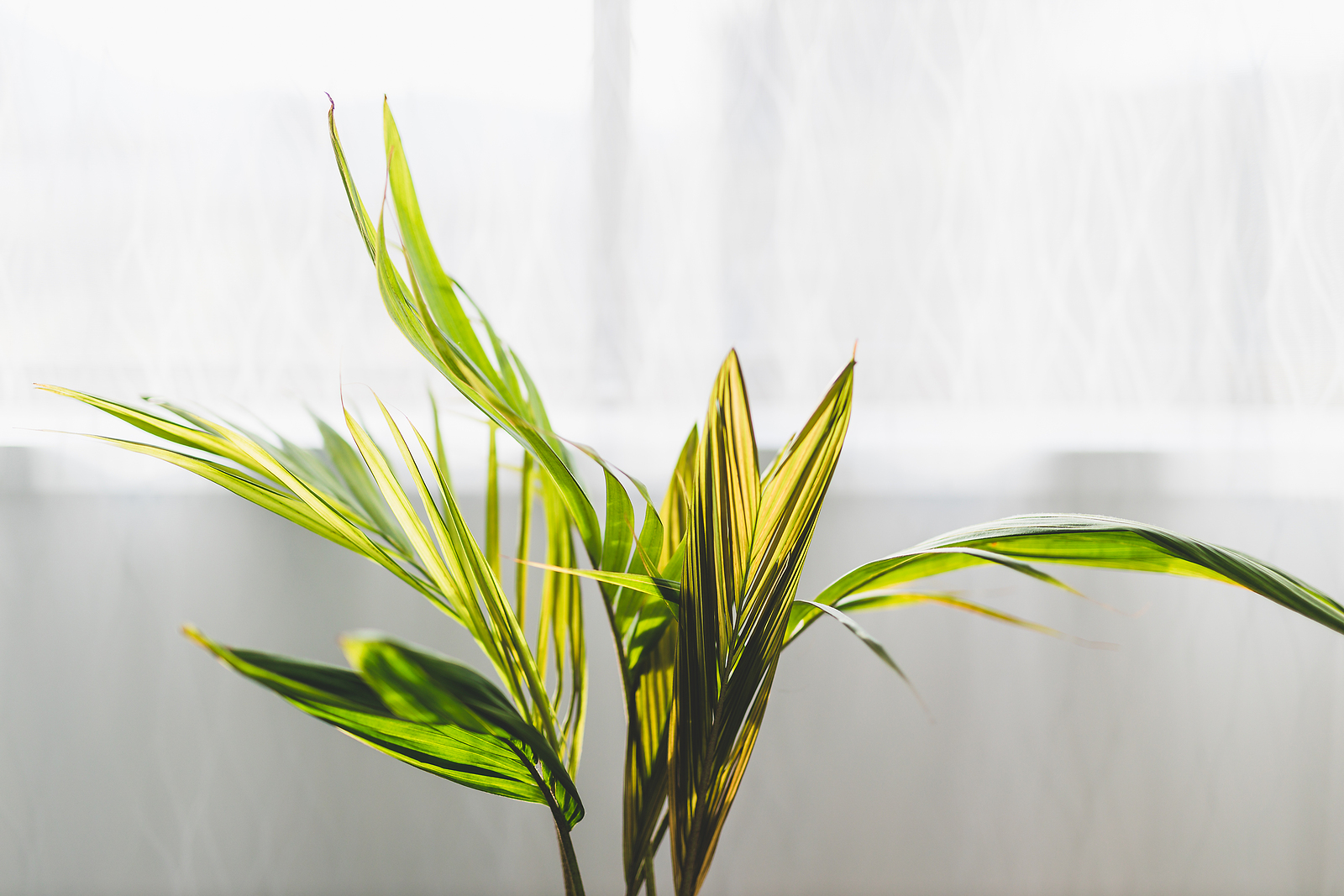Although houseplants are seeing a resurgence in popularity, especially with our millennial generation, growing plants indoors is an ancient practice.
In fact, it dates back to the early Romans and Greeks, according to Encyclopaedia Britannica. But it was during the Victorian period that we Americans went nuts for growing plants indoors.
Today’s holy grail of indoor growing is the tree. It adds height, texture and drama to indoor décor.
Thankfully, one doesn’t necessarily need a green thumb or a conservatory to be successful with indoor-grown trees. Shopping for those that are easy-growers is the trick.
We’ve rounded up five of the easiest-to-grow indoor trees.
Ponytail Palm
Serious houseplant gardeners know that every home needs a palm. While some are too finicky for the casual grower, anybody can be successful with the ponytail palm (Beaucarnea recurvata or Nolina recurvata).
Ponytail, however, isn’t a true palm, but it’s appearance is close enough to get away with faking it.
Well suited to a more modern interior, the ponytail palm thrives in normal household light levels and won’t up and die on you if the only spot you can find for it offers low light.
This is the ideal plant for the busy indoor gardener because it stores water in its trunk, saving it for those days when you forget or don’t have time to water it. This plant is so water-efficient, in fact, that overwatering it is the most common cause of its demise.
For best results, plant the ponytail palm in a loose potting soil. Cactus mix is ideal. When you water, do so deeply and then don’t water again until the mix is completely dry.
Learn more about the ponytail palm from the master gardeners at the University of Wisconsin-Madison.
Rubber tree
It’s a testament to a plant’s popularity when the likes of Frank Sinatra, Doris Day, Sammy Davis, Jr., Bing Crosby, Dinah Shore and a host of other popular singers put their voices to a song about it.
When you grow the rubber tree plant (Ficus elastica), you may just be singing about it too – it’s that easy to care for.
The rubber tree offers large, shiny, colorful leaves and lots of height (able to grow to 10 feet indoors).
Grow the rubber tree in bright light, although it won’t die if you offer less. In fact, “they grow best with the morning light from an east window,” according to the experts at Clemson University Cooperative Extension.
This is another houseplant that tolerates the forgetful owner, requiring infrequent watering. Learn more about rubber tree care at the aforementioned Clemson University website.
Corn plant
Virtually indestructible, about the only problem encountered by most corn plant (Dracaena fragrans ‘Massangeana’) growers is the brown leaf tips caused by a lack of humidity.
They’re not terribly unsightly and a small price to pay for a practically set-it-and-forget-it houseplant.
The bonus is that corn plant is one of those studied by NASA and found to help clean indoor air of various pollutants.
Don’t overwater the corn plant; it is quite drought-tolerant and may die if overwatered. Allow the soil to dry completely before watering.
Most experts suggest bright indoor light for the corn plant, although personal experience finds that the plant’s leaves fade with too much direct sun and it thrives even in dark corners of the home.
Avoid the brown leaf tips mentioned earlier by placing a humidifier in close proximity to your corn plant.
Learn more about this air-cleaning, statuesque indoor houseplant at the University of Florida IFAS Extension website.
Fiddle Leaf Fig
The current darling of houseplant collectors, the fiddle leaf fig (Ficus lyrata) can grow to 25 feet in the landscape (within its USDA hardiness zones 10B through 11). Find your growing zone at Gardenologist.org.
Most are grown indoors, as houseplants, where they can grow to 6 feet in height. And, by the way, don’t expect to harvest figs from the fiddle leaf – although it hails from the same biological family (Moraceae) as the fig we love to eat, it’s strictly ornamental.
Fiddle leaf thrives in bright but filtered sunlight. It will start leaning toward the sun, so rotate the pot occasionally.
While not as forgiving as some houseplants when it comes to forgetting to water, do allow the top of the soil to dry completely before watering the fiddle leaf fig.
Umbrella Plant
Not only is the umbrella plant (Schefflera arboricola) easy on the eyes, but it’s one of the least-demanding houseplants you can grow.
We must warn you, however, that, if chewed on, the leaves can be harmful to pets and children.
The umbrella plant thrives indoors, where it can grow from 8- to 10-feet in height. Give it bright, filtered sunlight for at least three to four hours per day.
Like most houseplants, the umbrella plant is tropical in nature and requires somewhat warm temperatures. In winter, for instance, temperatures lower than 50 degrees Fahrenheit may cause the foliage to turn black and fall from the plant. Sixty degrees is the umbrella plant’s sweet spot in winter.
When you water the umbrella plant, do so deeply and don’t allow the excess water to sit in the saucer under the plant. Water again when the top ½ inch of soil is dry.
“Schefflera is much more forgiving of too little water, than too much,” according to Dr. Leonard Perry, horticulture professor emeritus with the University of Vermont.






